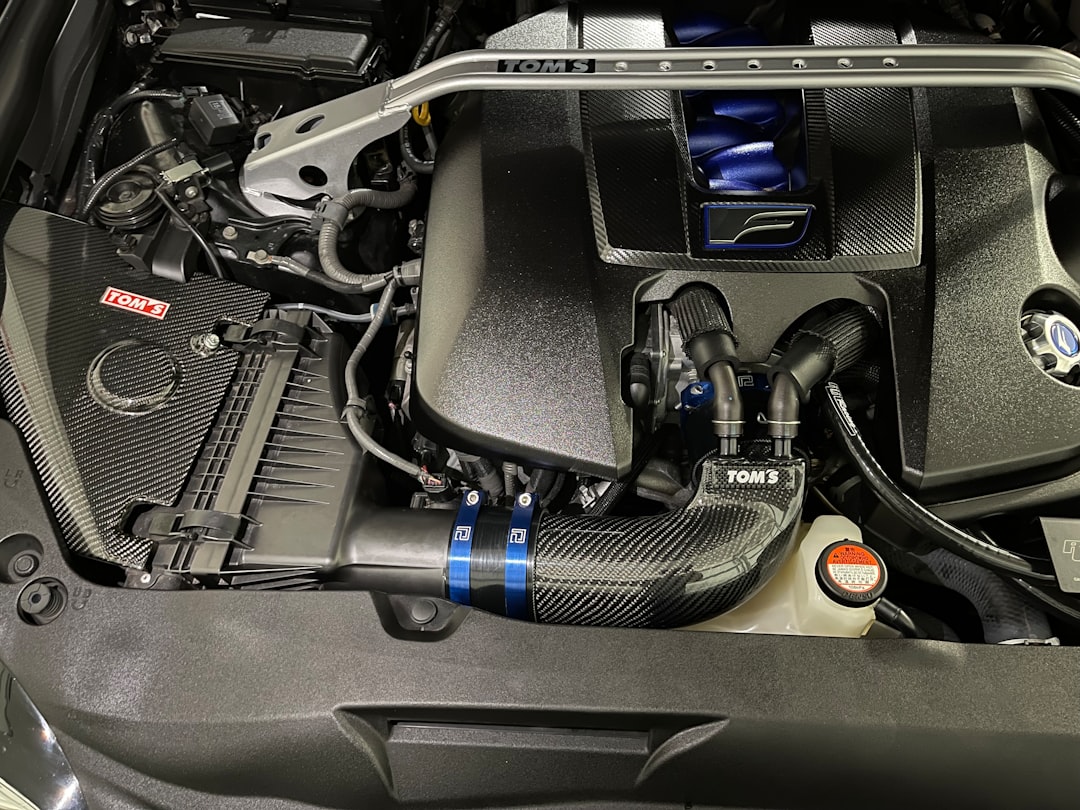What is it about?
A novel quadrature Doppler Backscattering (DBS) system has been developed and optimized for the E-band (60–90 GHz) frequency range using either O-mode or X-mode polarization in DIII-D plasmas. In general, DBS measures the amplitude of density fluctuations and their velocity in the lab frame. The system can simultaneously monitor both low-frequency turbulence (f < 10 MHz) and radiofrequency plasma density fluctuations over a selectable frequency range (20–500 MHz). Detection of high-frequency fluctuations has been demonstrated for low harmonics of the ion cyclotron frequency (e.g., 2fci ∼ 23 MHz) and externally driven high-frequency helicon waves (f = 476 MHz) using an adjustable frequency down conversion system. Importantly, this extends the application of DBS to a high-frequency spectral domain while maintaining important turbulence and flow measurement capabilities. This unique system has low phase noise, good temporal resolution (sub-millisecond), and excellent wavenumber coverage (kθ ∼ 1–20 cm−1 and kr ≲ 30 cm−1). As a demonstration, localized internal DIII-D plasma measurements are presented from turbulence (f ≤ 5 MHz), Alfvenic waves (f ∼ 6.5 MHz), ion cyclotron waves (f ≥ 20 MHz), as well as fluctuations around 476 MHz driven by an external high-power 476 MHz helicon wave antenna. In the future, helicon measurements will be used to validate GENRAY and AORSA modeling tools for prediction of helicon wave propagation, absorption, and current drive location for the newly installed helicon current drive system on DIII-D.
Featured Image

Photo by Ahmad Dirini on Unsplash
Why is it important?
This manuscript describes the development of a novel Doppler backscattering diagnostic which can simultaneously measure low-frequency turbulence as well as high-frequency RF plasma fluctuation. Preliminary plasma results show diagnostic good access to a wide range of plasma behaviour from turbulence to Alfven waves, ICE and Helicon with the important down-conversion technique. These measurements will be very important to validate models of the deposition of Helicon waves and how turbulence may impact heating and current drive in tokamak.
Read the Original
This page is a summary of: A novel Doppler backscattering (DBS) system to simultaneously measure radio frequency plasma fluctuations and low frequency turbulence, Review of Scientific Instruments, July 2023, American Institute of Physics,
DOI: 10.1063/5.0149654.
You can read the full text:
Contributors
The following have contributed to this page










